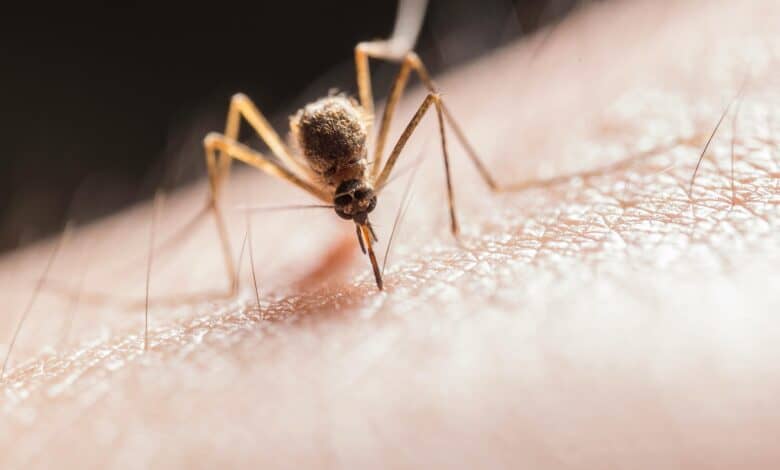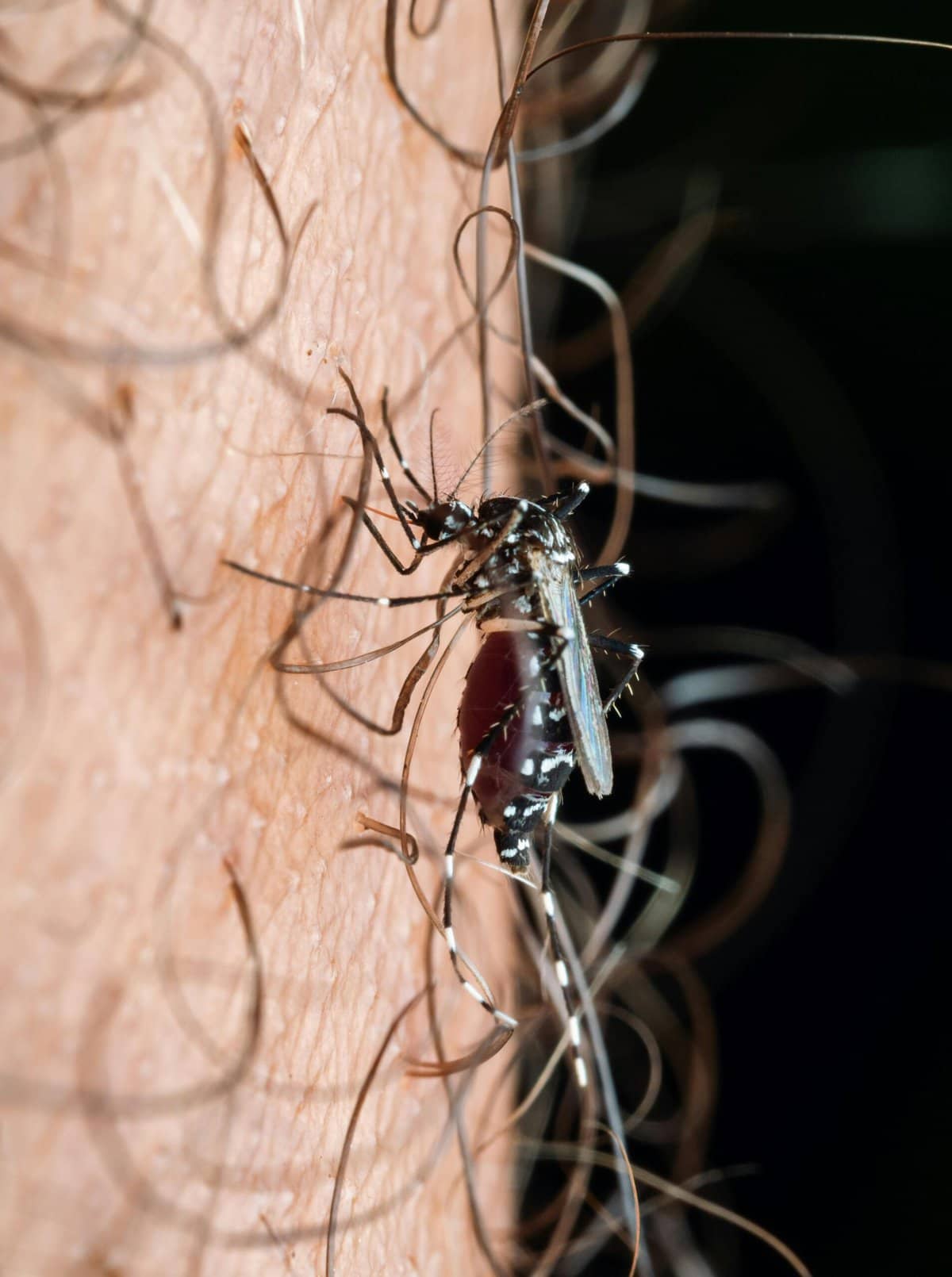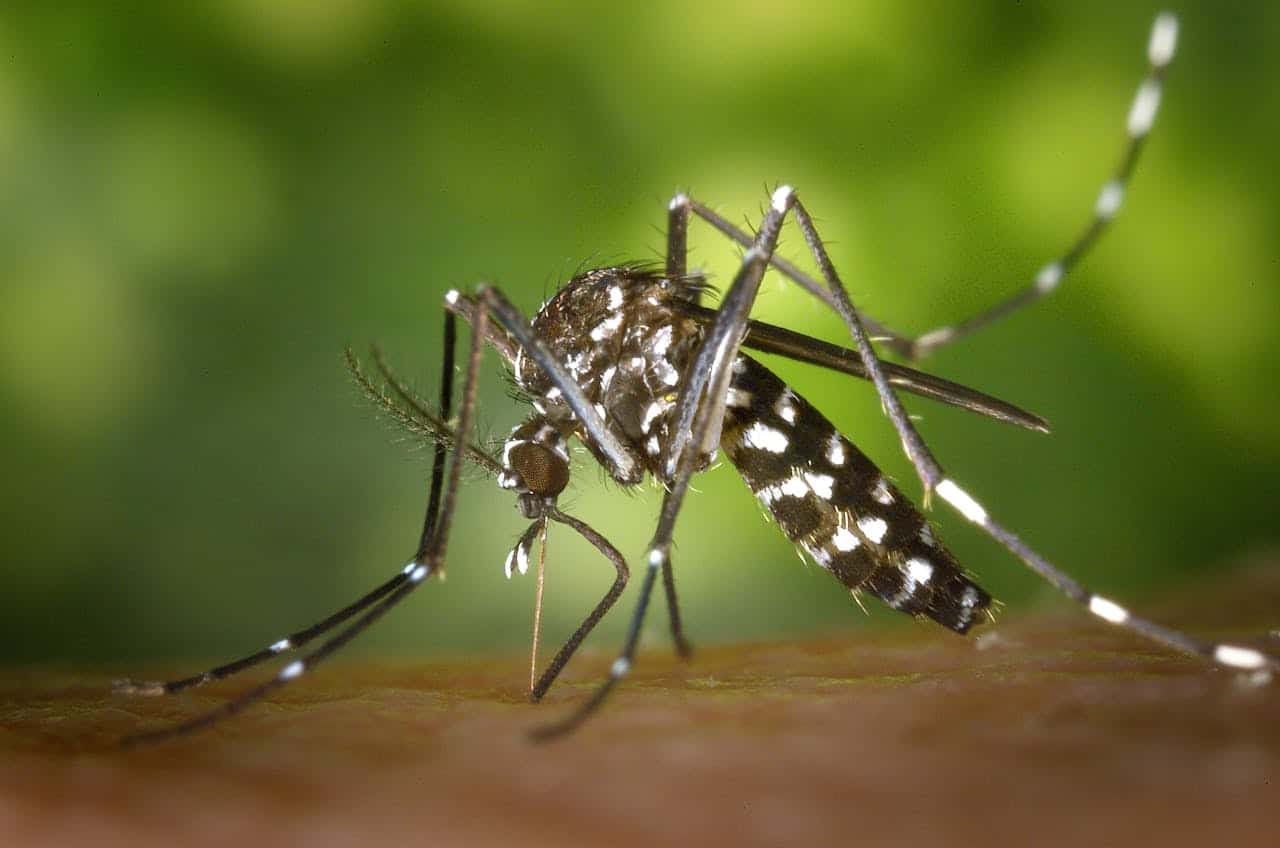Dengue Fever: The Avoidable Threat
READ 📖

Dengue fever is climbing to the top of the global health radar, and anyone venturing into tropical destinations needs to understand the risks. Can you get vaccinated? What are the tell-tale signs? And how can you protect yourself? Here’s the essential guide for travelers navigating the dengue danger zones.

What is Dengue Fever?
Dengue fever is a mosquito-borne illness caused by the Aedes aegypti and Aedes albopictus species, notorious for biting during both daylight and nighttime hours. Often referred to as “breakbone fever” due to its intense muscle and joint pain, dengue is far from a minor inconvenience. While most cases are mild, it can be life-threatening—especially for children, the elderly, or those with pre-existing conditions.
Globally, dengue has surged at an alarming rate, with cases doubling annually since 2021. By 2024, the world faced an all-time high. The spike in infections is directly tied to climate change, with hotter, wetter conditions expanding mosquito habitats. Historically confined to tropical and subtropical regions, dengue is now showing up in parts of Europe, the Eastern Mediterranean, and even the Western Pacific.
Symptoms to Watch For
Dengue’s incubation period ranges from 4–10 days post-bite. Initial symptoms include:
- Severe muscle or joint pain
- High fever (40°C)
- Headaches
- Nausea and vomiting
- A flat, red rash that often spreads
In most cases, recovery requires rest, hydration, and paracetamol (avoid aspirin or ibuprofen, as they can worsen bleeding).
However, dengue isn’t always straightforward. Severe cases can develop into dengue haemorrhagic fever (DHF), marked by:
- Intense abdominal pain
- Persistent vomiting
- Bleeding (gums, nose, or internal)
- Blood in stool or urine
- Rapid or laboured breathing
These symptoms typically appear as the fever subsides. If you experience any of the above after visiting a dengue-prone area, seek immediate medical care.

The Risk of Reinfection
Surviving dengue doesn’t grant lifelong immunity. In fact, reinfection with a different strain increases the risk of severe complications. Dengue has four serotypes, and a second encounter often leads to heightened immune responses, which can spiral into DHF. Unfortunately, many first infections go unnoticed or are dismissed as a common flu, leaving travelers vulnerable.
Vaccination: Is It Worth It?
The vaccine landscape for dengue is still evolving. Two vaccines exist:
- Dengvaxia: Available in the U.S. but limited to children aged 9–16 in endemic regions and due for discontinuation in 2025.
- TAK-003 (Qdenga): Approved in several countries, including the EU, Brazil, and Indonesia, and prequalified by WHO in 2024.
For travelers from non-endemic regions, TAK-003 may offer protection if you’ve already had dengue. Always consult a healthcare provider to assess your suitability for vaccination before traveling.
Prevention is Key
Vaccination aside, the best defence against dengue is avoiding mosquito bites altogether. A multi-layered strategy is essential:
- Sleep under treated mosquito nets if windows are open.
- Use repellents containing DEET or picaridin on exposed skin.
- Wear long sleeves and trousers treated with permethrin.
- Eliminate standing water in your vicinity, whether in plant pots, tyres, or cans, to disrupt mosquito breeding.
Public health efforts focus on reducing mosquito populations by eliminating breeding grounds and promoting better water storage practices. Be mindful of travelling during rainy seasons when mosquito activity peaks.
Adventure Without Fear
Dengue fever shouldn’t deter you from exploring breathtaking tropical destinations. With thorough preparation, including protective clothing, insect repellents, and vaccination consultations, you can significantly reduce the risks. Adventure is all about balancing thrill with precaution—stay smart, stay safe, and keep your adventures extraordinary.
For more details on dengue fever and mosquito-borne illnesses, visit resources like World Health Organization (WHO) and Centers for Disease Control and Prevention (CDC).


